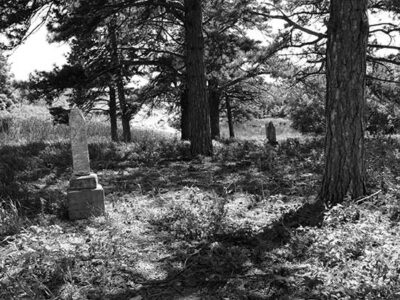In recent election cycles, the greatest feat of liberal tightrope walking has occurred not over abortion, but over gun safety. Candidates talk about renewing the assault weapons ban, then mumble something about the rights of hunters. But there is a better way to take on this issue–one that would yield real reductions in violence without adversely affecting law-abiding gun owners.
There are 280 million firearms in private hands in America, and in 2006 there were almost 400,000 gun crimes. That means that 279,600,000 guns did nothing wrong. We also know from a 2000 report by the Bureau of Alcohol, Tobacco, and Firearms (ATF) that in 89 percent of crimes, the person using the gun was not the person who originally bought it. So nine out of ten crime guns changed hands between the first purchase (which was probably legal) and the last purchase (which was certainly illegal).
This indicates that the root of America’s gun crime problem is not the number of guns in the hands of Americans, but an extensive web of gun trafficking operations that funnel firearms to criminals. In some cases, the trafficking operations cover long distances. According to the ATF’s 2007 Firearms Trace Data Report, more than a third of all crime guns recovered and successfully traced in New Jersey and New York came from Virginia, Georgia, Florida, and the Carolinas.
What we need, then, is a new strategy to reduce gun violence: Don’t restrict gun rights, but instead deepen the sense of gun ownership.
The first step is to make gun trafficking a federal crime, not a term of art. There is only one statute on the federal books that deals even indirectly with gun trafficking–a vague, loophole-ridden law that allows only federally licensed gun stores “to engage in the business” of dealing in firearms.
Since federal law allows any individual to sell his or her own firearms to anyone else, the “engaged in the business” bar is easily surmountable. And since any individual may also sell firearms without performing a background check, asking for identification, or keeping any sort of record, the requirement that individuals not knowingly sell to criminals is merely a suggestion. That is why federal prosecutors in 29 states filed five or fewer cases related to trafficking behavior over a recent three-year period.
Trafficking should be redefined as selling out of a home, car, street, or park multiple guns that have two or more of the following characteristics: obliterated serial numbers, are stolen, are new in the box, are sold to underage buyers or people with felony records. This would still allow individuals to sell firearms privately to people they know or trust, and it would put the onus on sellers to demand a background check for those they don’t know.
Beyond the new law, finding traffickers isn’t that hard. Investigators can readily aggregate the crime gun trace data that we now have–data that identify the original buyers and sellers of hundreds of thousands of guns later used in crime. They will discover that about 1 percent of the nation’s gun stores are the source of more than half of the nation’s crime guns. And they will discover that a select group of individuals repeatedly turn up as the original purchasers of guns later linked to crimes. This is not a quirk of fate; these people are gun traffickers.
Moreover, investigators can easily check every gun recovered in a crime against the FBI’s Stolen Gun File, which contains the serial numbers of 2 million stolen guns. Under federal law, possession of a stolen firearm can add five years to a prison sentence. True, the criminal apprehended with a stolen gun is usually not the person who lifted it. But those five years are a great bargaining chip–one state and federal prosecutors should leave on the table–to determine the person who actually sold the criminal the gun. Play the same game with obliterated serial numbers–another five-year penalty under federal law. An obliterated serial number hides the trafficker and provides no benefit to the person using the gun in a violent crime.
Finally, we need to close the gun-show loophole. It is no coincidence that 13 of the top 14 crime-gun-exporting states do not require background checks for sales at shows. This loophole is exploited by buyers who obtain used guns to resell on the streets.
What ultimately matters isn’t the number of guns. It’s the number of bad people who have them. With a national firearms trafficking strategy, we can pull the roots out of the illegal operations that kill and destroy people and communities.
Jim Kessler is vice president for policy at Third Way, a nonpartisan strategy center for progressives. Reprinted from Democracy(Spring 2008), winner of the 2007 Utne Independent Press Award for best new publication; www.democracyjournal.org.





